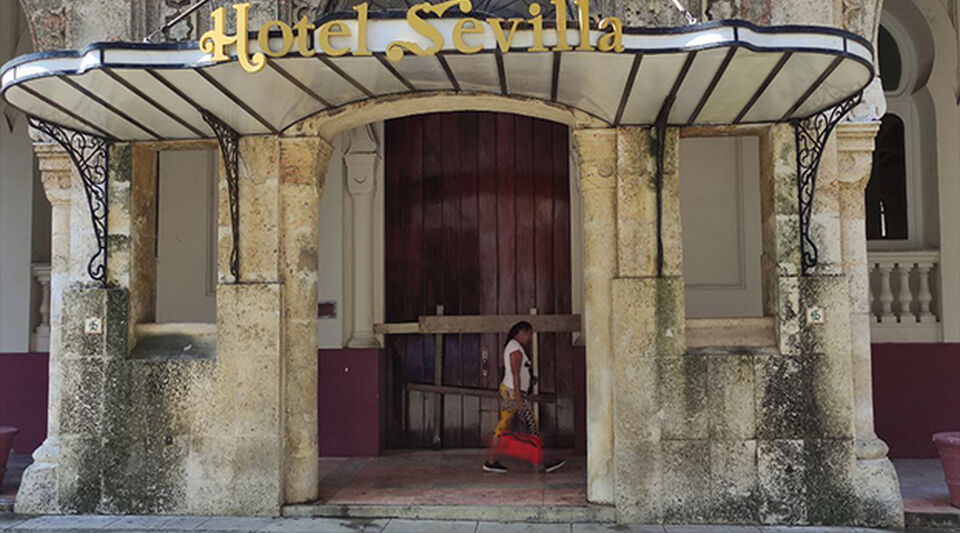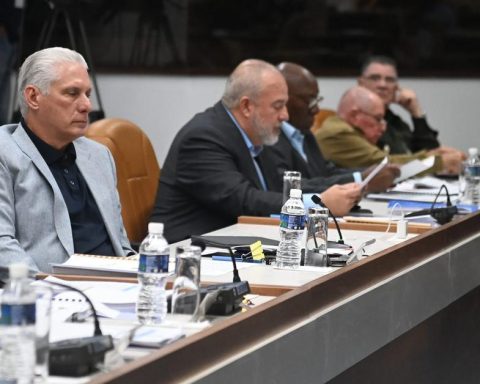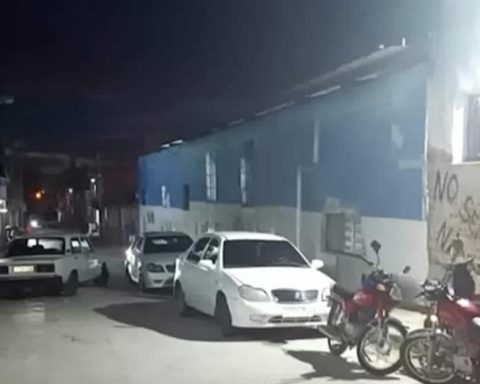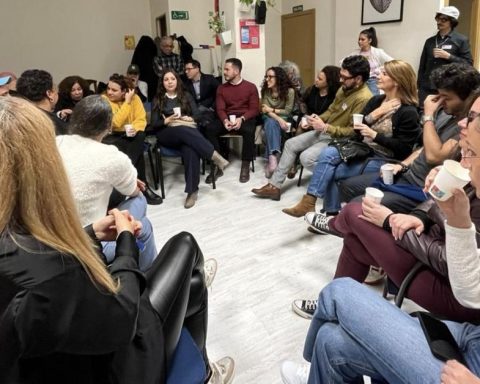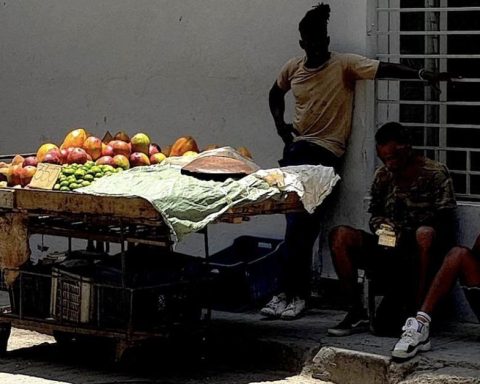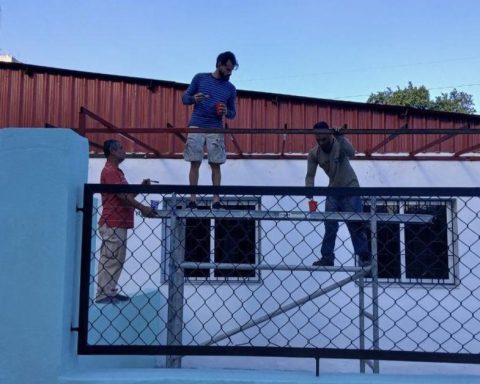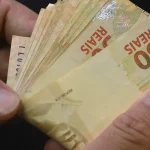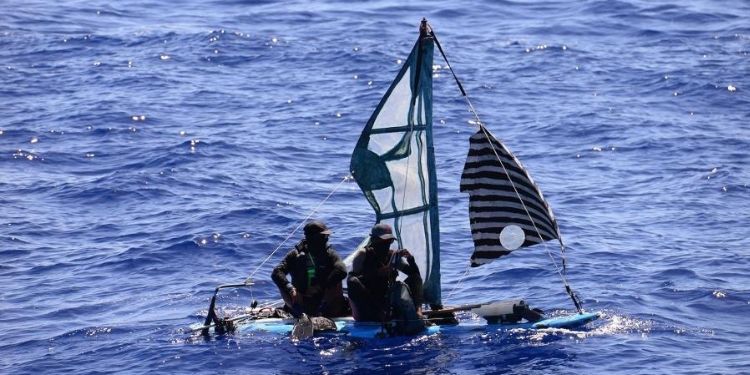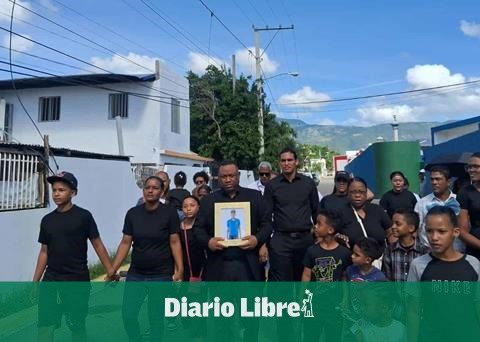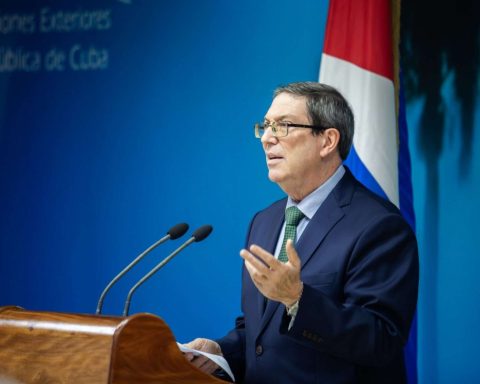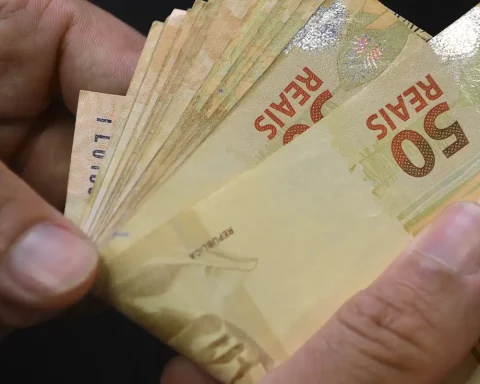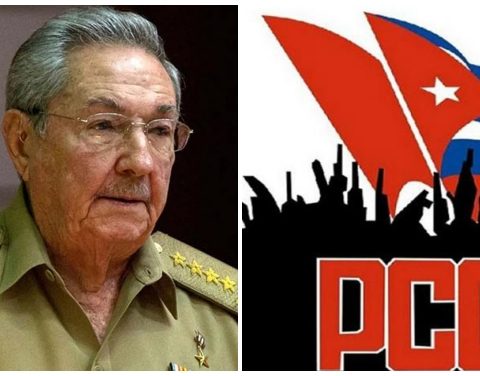Bishop up and Bishop down. The main street of the historic center of Havana has been for decades a commercial and tourist artery of unparalleled importance on the Island. Now, the main hotels located on that road are closed and without visitors, a situation that extends to other areas once full of people with sunglasses and sellers of souvenirs.
With its spacious central patio and stately entrance, the Hotel Florida offered a colonial experience in Old Havana, a few meters from the main bars and restaurants. But after the pandemic, its doors did not reopen and now it looks like an empty shell that the custodians are trying to preserve from deterioration.
A few meters away, the Ambos Mundos hotel did its August in the past attracting travelers under the magnetism generated by the American writer Ernest Heminway, who stayed in one of its rooms. But neither in its extensive terrace on the fifth floor, nor in its colorful lobby or its old elevator, the voices of the guests can already be heard. The place is also “temporarily closed” by thick chains at the entrance of the mythical building.
Another resounding closure, with sticks as crossbars, immobilizes the door of the Plaza hotel, still majestic on its corner of Zulueta street, escorted by Virtues and Neptune
The employees of the Armadores de Santander hotel, on Luz street, pounce on clueless passers-by, it doesn’t matter if they are foreigners or Cubans, to convince them in the wrong way to have lunch. It’s the only way to guarantee a tip, no matter how meager. And if the future diner refuses to read the menu, they can earn a couple of insults.
With humility, the custodian of the once imposing hotel telegraph he has heard that “they plan to open it soon, maybe in October, but who knows”. Another worker, distressed by the door of the service, confessed to praying “to the eleven thousand virgins for its prompt opening.”
The doors of the famous Seville hotel, where the recruitment of the protagonist of the novel takes place Our man in Havana as an agent of the British secret service, they are locked by a forceful “lock”. The shops in the shopping gallery, which communicates with the establishment through a gate across Prado street, are open. The gate, of course, is closed, and a Creole “spy” attends to it.
Another resounding closure, with sticks as crossbars, immobilizes the door of the Plaza Hotel, still majestic on its corner of Zulueta Street, escorted by Virtues and Neptune. For its part, the Gran Hotel Bristol, located on Teniente Rey Street a few meters from the Capitol, is still waiting for its opening, announced with great fanfare by the authorities.
In another hotel colossus, the Inglaterra, the clientele is lounging in search of lunch at any price. But there are no tourists, only Cubans: a bad sign for the waiters waiting for their tip.
Also in Prado, the Parque Central hotel waits in vain for the arrival of sweaty and hungry foreigners. The restaurant staff watches the time go by extremely slowly and arranges the bags of some customers, who will be leaving very soon.
The hotel Deauville, in Galiano and San Lázaro, has not reopened since its closure due to the covid-19 pandemic, in March 2020. Through its windows, a brigade of workers could be seen this week repairing the entrance. Asked about the date of reopening of the establishment, the one who seemed to be the construction manager limited himself to making a gesture with his hand while venturing: “At least until next year, no one thinks.”
Yes it is open, although “uninhabited”, the luxury hotel Paseo del Pradorecently acquired by Canada’s Blue Diamond, whose aggressive campaign to take over different establishments on the Island contrasts with the dire state of tourism. The same goes for the Packard, where few guests are seen in the lobby and just two foreigners in the “infinity pool”.
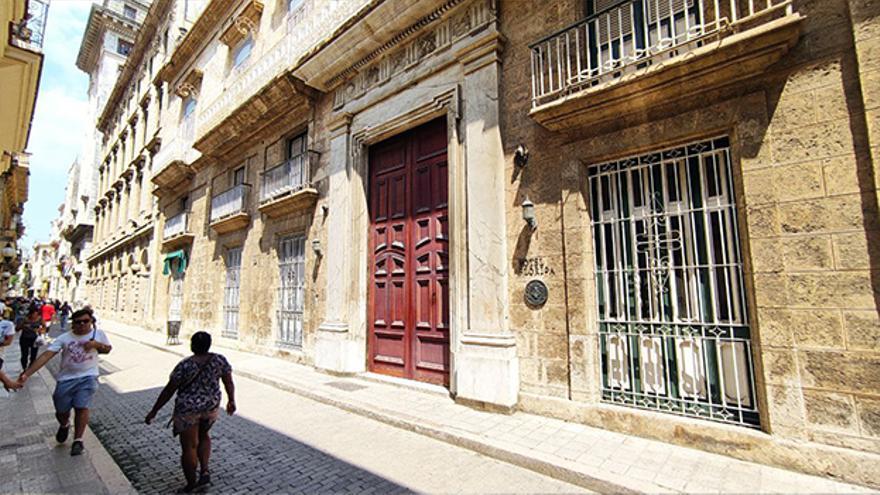
No traveler enjoys staying at the Manzana Kempinski hotel, open but undergoing repairs. The noise of the cranes and excavators makes summer bitter for customers, who also do not go to the very expensive boutiques on the ground floor of the building.
Businesses that fed on tourists staying in the old city have also closed. The Café Paris, on the corner of San Ignacio and Obispo, is completely silent. The place, where the songs of the Buena Vista Social Club were repeated all day long like an eternal broken record, has not offered its drinks “baptized” with distilled rums, and there is no work for the musicians, who ruminated an endless Soup under your roof.
Some boys jokingly comment that “nothing is exploited anymore” in La Mina. In better times, the restaurant’s workers lived up to their name by digging into the pockets of tourists. It is said that serving drinks on that corner of Obispo and Oficios streets was a guarantee of ascending two levels in social classes. Some bartenders literally became millionaires serving watery mojitos and low-alcohol cubalibres.
Indispensable in the national cartography of alcoholism, La Bodeguita del Medio looks more like a dump than the gastronomic legend that it was. A cursory reading of his menu, with pork masses at 1,050 pesos and lobster “Cuban style” at 700, is enough for the client to opt for fasting.
It’s better for La Vitrola, a private restaurant whose terrace extends into the Plaza Vieja. But not even all the tourists dare to eat there, where the combination of several monthly salaries is not enough for a lunch.
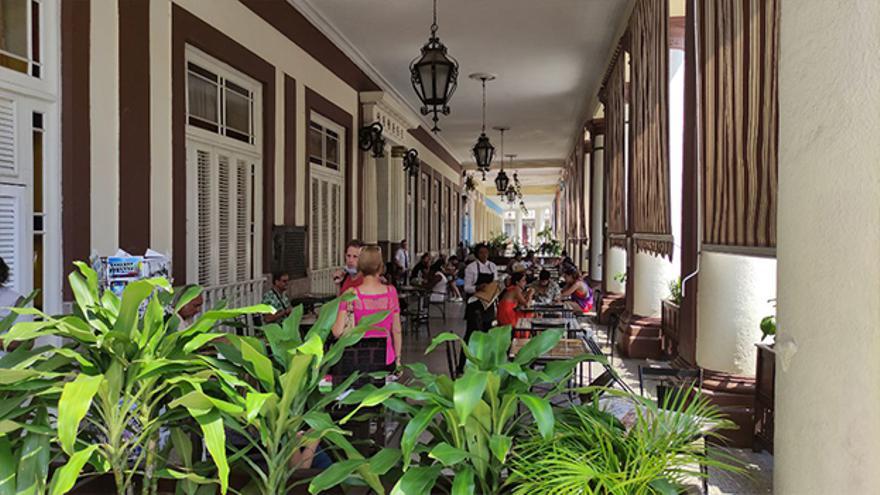
If the body demands at least a sip of coffee, you will not be able to go to El Escorial, whose employees devour their food while playing with cell phones. Once decent food, the necessary infusion and the unfindable tobacco have been renounced, the hungry walker will stumble upon the less touristic circles of Havana’s hell: the slaughtering moneychangers in the Plaza de la Catedral, the dying pigeons in San Francisco and the horde of taxi drivers, improvised horsemen and currency sellers that complete the fauna of the historic center.
There is no choice but to leave the area, in whose skeleton the past of a glittering, effervescent, tropical city is becoming blurred. A Havana that only exists in old photos and in the silhouette of its closed hotels.
In front of them, the construction of luxury hotels, which does not stop, such as the brand new Grand Aston or the so-called K Tower, highly criticized by specialists. The origin of the funds for these works, carried out by the Gaesa military conglomerateremains opaque.
________________________
Collaborate with our work:
The team of 14ymedio is committed to doing serious journalism that reflects the reality of deep Cuba. Thank you for joining us on this long road. We invite you to continue supporting us, but this time becoming a member of our journal. Together we can continue transforming journalism in Cuba.
